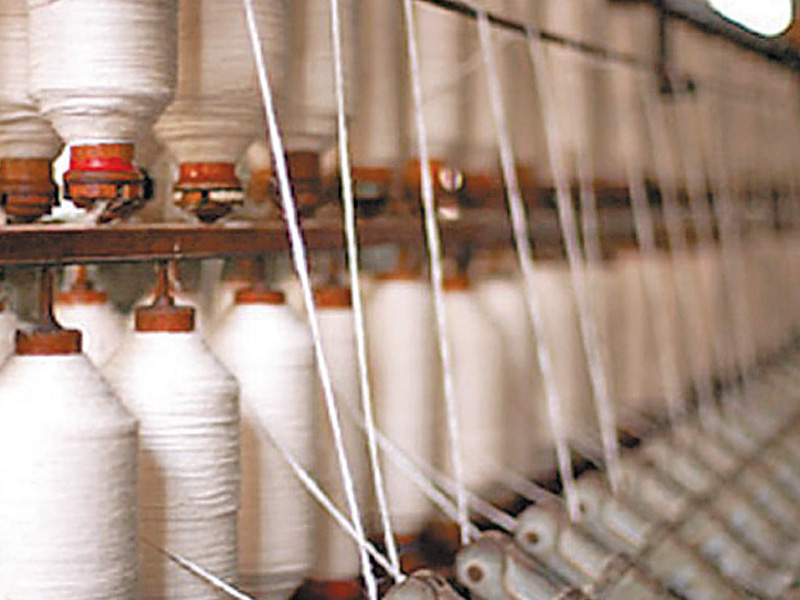
The outgoing year 2013 has brought good news for the textile sector owing to the rise in exports and the much-awaited GSP Plus status granted by the European Union just before the close of the year.
With strong fundamentals like stable cotton prices, depreciation of the rupee against the dollar and relatively better gas supply to industries, textile exports rebounded strongly in 2013.
Pakistan exported textile products worth $13.1 billion in fiscal year 2012-13 (FY13), which is 53% of Pakistan’s total exports of $24.6 billion. The exports were higher than FY12 ($12.35 billion) but they were still below the figure of FY11 when the country made record high textile exports of $13.78 billion due to high cotton prices in the world market.

Just as the textile sector was regaining strength to hit another record, the news of Pakistan attaining the Generalised System of Preferences (GSP) Plus status from the EU gave an added boost to the sentiments of investors in the country.
Under the GSP Plus, Pakistan will be able to export various products, including textile, to the EU at concessionary duties from January 1, 2014 to the end of 2017 – the year when the EU will review its trade concessions for another seven years.
With better access to the EU market, according to JS Global Research, Pakistan is expected to achieve $14.5 billion of exports by the end of FY14. The brokerage house believes the country will see continuous growth in exports, which will touch $15.95 billion in FY15.
Despite the energy crisis, textile exports in the first five months (July-November 2013) of the current fiscal year showed an increase of 6%. Industry officials and analysts predict further increase in the remaining seven months (December-June) because of the duty-free or low duty access to the 28-nation EU bloc.
“With stable cotton prices, we see a better second half in FY14 (January-June) owing to improved margins of textile companies,” JS Global Capital analyst Bilal Qamar said.

Aptma – the largest lobbying group of textile millers in Pakistan – believes the country will succeed in adding at least $1 billion to textile exports every year until 2017. However, industry officials continue to demand better energy supplies to achieve their export targets.
“It is wrong to believe that Pakistan’s yarn exports to China or Bangladesh will take a hit. I think both raw material and finished goods’ exports will grow in coming years,” Aptma Central Chairman Yasin Siddik told The Express Tribune.
In recent years, Pakistan’s yarn exports to China have increased sharply which has supported the overall textile exports. Better market access to the EU is expected to boost the exports of finished textile products that will benefit big textile groups who have prior networking in Europe.
The growth in exports has already provided a strong platform to the textile sector to outperform other sectors on the Karachi Stock Exchange (KSE).
According to a sample of Topline Securities, based on selected textile firms (55 companies) including spinners, weavers and composites, the textile sector gave a whopping return of 94% versus the benchmark KSE-100 index return of 49% in FY13. Profits of these listed textile firms increased by 150% to Rs30.6 billion in FY13 compared to just Rs12.3 billion in FY12.
Published in The Express Tribune, December 29th, 2013.
Like Business on Facebook, follow @TribuneBiz on Twitter to stay informed and join in the conversation.









1731570357-0/elon-musk-(1)1731570357-0-270x192.webp)













COMMENTS
Comments are moderated and generally will be posted if they are on-topic and not abusive.
For more information, please see our Comments FAQ